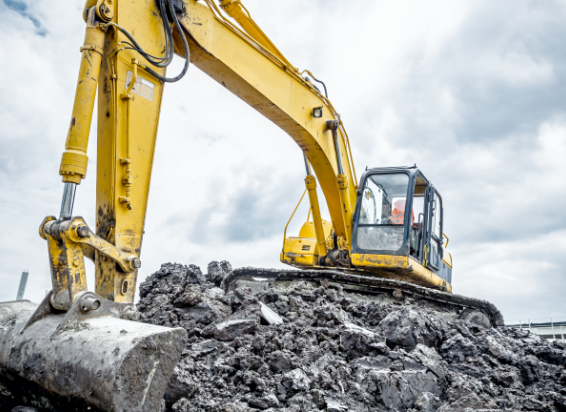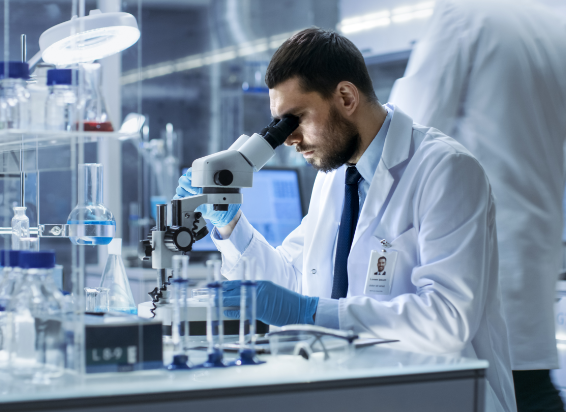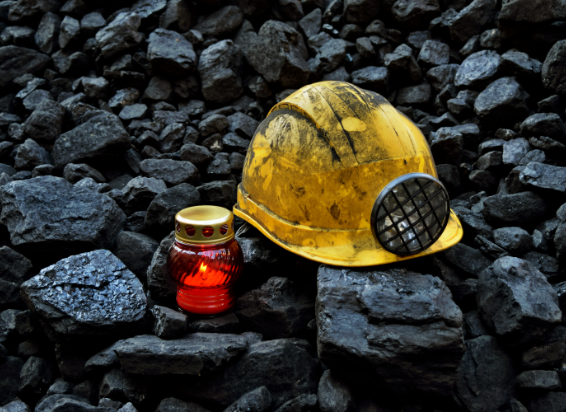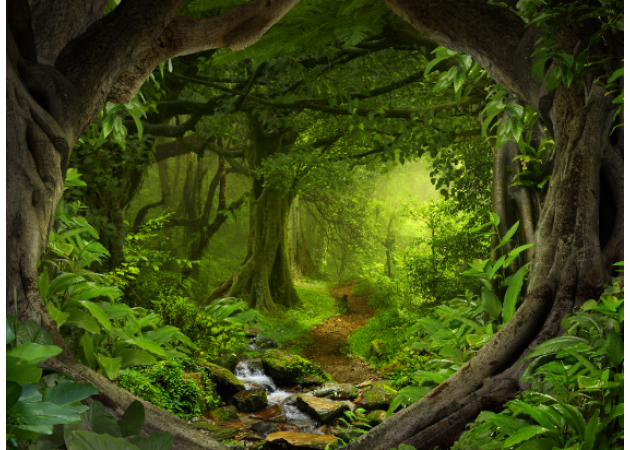Lab Grown Diamonds
NATURAL DIAMONDS V. LAB GROWN DIAMONDS
Millennials, in particular, are forging the demand for ethically sourced diamonds because they want to know the origin of the diamonds they wear. With an especially green foot print laboratory grown real diamonds meet that need 
LAND EXCAVATION
NATURAL DIAMONDS LAND EXCAVATION

NATURAL - Tons of soil is moved while mining
LAB GROWN DIAMONDS LAND EXCAVATION

LAB GROWN - No soil movement
CARBON EMISSIONS
NATURAL DIAMONDS EMISSIONS

NATURAL - High level of air pollution
LAB GROWN DIAMONDS EMISSIONS

LAB GROWN - Low level of air pollution
WATER USAGE
NATURAL DIAMONDS WATER USAGE

NATURAL - 1000s of litres of water used
LAB GROWN DIAMONDS WATER USAGE

LAB GROWN - The use of water is minimal
PROCESS OF MAKING
NATURAL DIAMONDS FORMING

NATURAL - Billion years to form a natural diamond
LAB GROWN DIAMONDS MAKING

LAB GROWN - Grown in days
RISK
NATURAL DIAMONDS RISK

NATURAL - High level of risk while mining
LAB GROWN DIAMONDS RISK

LAB GROWN - Low level of risk
VALUE
NATURAL DIAMONDS VALUE

NATURAL - Smaller size at the same price
LAB GROWN DIAMONDS VALUE

LAB GROWN - 40% lower in price Like natural diamonds, lab grown diamonds are priced according to the four C's, but are up to 40% lower in price to their natural counterparts.
Now fine jewellery grade diamonds can be produced in a highly controlled laboratory environment using advanced technological processes that duplicate the conditions under which diamonds naturally develop when they form in the mantle, beneath the Earth’s crust. These laboratory-created diamonds consist of actual carbon atoms arranged in the characteristic diamond crystal structure. In much the same way that ice is ice, regardless of whether it is formed in a man-made freezer or outdoors from natural weather conditions, lab diamonds are grown in recreated conditions of nature.
Synthetic diamonds are diamonds. They’re not fakes. They have all the same physical & chemical properties of a mined diamond.
Stephen Morisseau, Director, Gemological Institute of America (GIA)
Scientists start growing a diamond by cutting a small piece of carbon known as a seed, this seed traces back to an Earth mined diamond, technology is not capable of synthesizing diamonds; they can only grow more diamond on top of an existing diamond.
The seed is then placed in a low-pressure microwave chemical vapour deposition chamber. Hydrogen and methane gases combine with electrical energy, which ignites a plasma ball. A cloud forms in the chamber and carbon molecules rain on the seed. It can take up to 12 weeks for a good sized rough diamond to be formed.
These curated gems can have the same variances in colour, clarity and size as mined diamonds, but they also have fewer impurities than mined diamonds. They can also be customized in a range of colours, including white, pink, grey and black. Curated diamonds are more environmentally friendly than mined diamonds because the production process produces 99% fewer carbon emissions, has 99% less mineral wastage and uses 85% less water and 53% less energy than diamond mining.
The process to create lab-grown diamonds is still very expensive and because of its proprietary nature is not widespread which means the availability and sourcing of curated diamonds is often confusing and misunderstood. This is why UberJewel has decided to simplify the purchasing process and make lab-grown diamonds more easily-accessible for everyone.
Man-made diamonds are about 40% more affordable than traditional diamonds, meaning higher grade diamonds are available to even more people.

